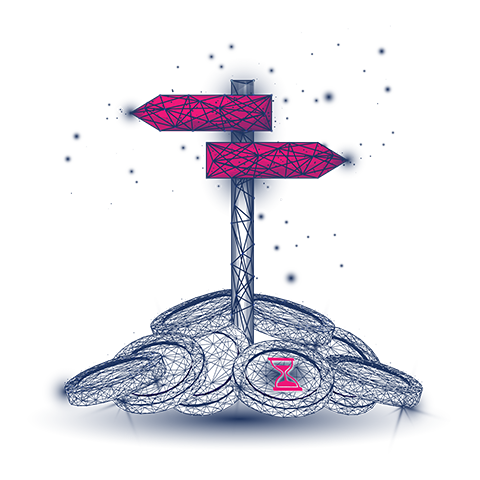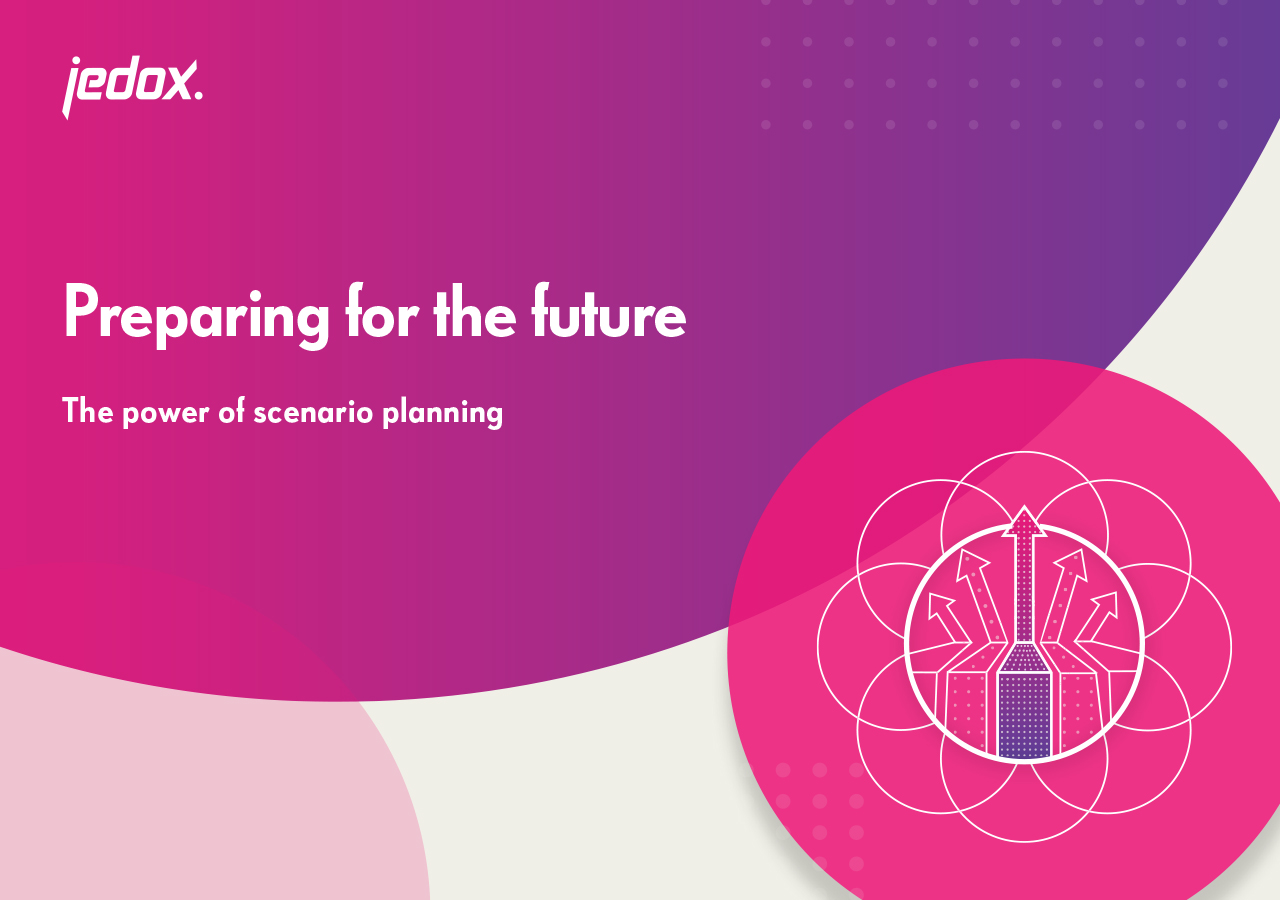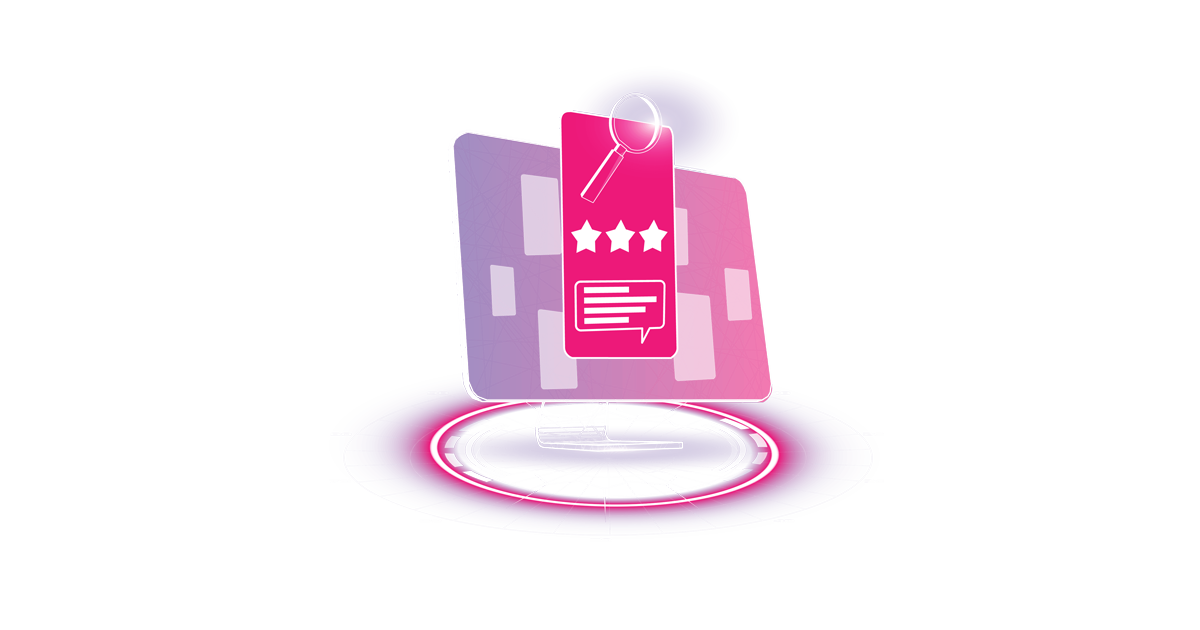
5 time-saving tips to simplify scenario planning and avoid overwhelm
Scenario planning is a powerful tool for boosting adaptability and preparing for multiple futures. However, the process is rigorous and can quickly lead to overwhelm for finance teams, who often spend valuable time duplicating dozens of spreadsheets just to simulate one scenario. To overcome these efficiency challenges, teams need strategies and tools to generate more scenarios faster, adapt to changing market conditions, and drive confident decision-making.
In addition to increasing efficiency, advanced technologies can help teams avoid costly mistakes or missed opportunities due to lack of foresight or inaccurate assumptions about future market conditions. Scenario planning presents a unique opportunity to reap the benefits of artificial intelligence (AI) and predictive planning. According to BARC research, 64% of organizations report increased quality and accuracy of plans and forecasts with predictive planning.1
Explore these time-saving tips to move from laborious, manual tasks and delayed decision-making to streamlined scenario planning.
Scenario planning challenges for finance teams
One of the most common challenges finance teams face is collecting data from disparate systems while ensuring accuracy. Data must be collected from multiple departments across the organization, such as sales, human resources (HR), marketing, finance, and environmental, social, and corporate governance (ESG). Furthermore, each department may have its own unique processes and systems, making it even more difficult to standardize. Consolidating data from external sources, such as market forecasts, adds another layer of complexity to scenario planning. These steps alone can easily overwhelm finance teams who use Excel to collect data and execute scenario planning.
Another challenge for finance teams is factoring in internal strategic objectives and external drivers. Scenario planning requires constant monitoring and updating due to changing market conditions, fluctuations in pricing, and unexpected events, such as natural disasters. If these changes are not detected early on and carefully considered, they could result in inaccurate plans that erode resilience. Additionally, spreadsheet-based processes require significant amounts of manual entry, which increases the risk of errors that could impact decision-making down the line.
The art of streamlined scenario planning
Streamlined scenario planning is a continuous process that incorporates automation, seamless collaboration among multiple stakeholders, and data-driven insights. By automating data collection, i.e. with a scenario planning software, finance teams save time and avoid making costly errors. Additionally, efficient and well-defined processes ensure that scenario planning is an iterative and responsive activity, continuously adapting to changing market conditions and business objectives. Data-driven insights derived from historical data, market trends, and predictive analytics generate accurate and reliable scenarios. These scenarios are grounded in real-time data, providing a solid foundation for decision-making and reducing the reliance on guesswork or intuition.
A streamlined scenario planning process enables finance teams to evaluate multiple scenarios quickly, assess their financial implications, and make confident decisions based on accurate information. This minimizes uncertainty, boosts adaptability, and helps organizations navigate complexities with greater clarity and precision.
“With Jedox AIsissted™ Planning, we can plan at a level of detail that was not possible before.”
– Director of Performance Controlling, Mitsui Chemicals Europe GmbH
Finance teams can use these five scenario planning strategies to prevent overwhelm and implement a streamlined scenario planning process.
Tip #1: Automate data collection
Advanced technologies save time by integrating multiple data sources across the organization, freeing up finance teams to focus on more value-adding activities. By leveraging data integration, finance teams can easily consolidate information into a unified view to streamline analysis and scenario modeling. Automation tools further enhance efficiency by reducing manual data entry, ensuring accuracy, and providing access to real-time information. These capabilities make scenario planning not only highly efficient for finance teams, but also more effective in driving confident decision-making.
Tip #2: Boost collaboration
Scenario planning is a continuous process that relies on gathering multiple perspectives to gain rich insights and develop multiple versions of the future. Involving a diverse team with a range of backgrounds and expertise ensures that all relevant factors are considered, and potential gaps are identified. However, this often leads to numerous time-consuming meetings and adjustments. Using a centralized, shared platform with all the data that matters enables faster collaboration across the organization. Stakeholders can access and analyze information in real time, facilitating seamless communication and informed decision-making. Through this approach, teams can optimize their scenario planning process, minimize delays caused by excessive meetings, and focus on generating actionable insights to drive strategic outcomes.
Tip #3: Identify key drivers
The complexity and interconnectedness of various internal and external factors make it difficult to determine which drivers may impact an organization the most. This requires thoroughly analyzing and considering multiple variables, such as market trends, customer behavior, supply chain disruption, and seasonality. By prioritizing and analyzing the key drivers that significantly impact financial outcomes, teams can develop more targeted and impactful scenarios. For example, Jedox AIssisted™ Planning forecasts inflation, weather, external events, and other driver-based factors reflected in forecasts.
Tip #4: Deliver clear insights
Excel and PowerPoint are common tools used to create management reports, but they have limited capabilities. The data volume is either too massive to share, or only small pieces can be shared, which means executive teams cannot see the complete picture. This limits visibility and the ability to dig deep into the data. Jedox delivers accessible dashboards for all stakeholders and visualizations that bring data to life. Simply making dashboards accessible to stakeholders across the organization breaks down silos and enhances visibility by providing cross-organizational insights. This means that reporting and planning are seamlessly connected, allowing the system to create proactive alerts to provide more clarity on the complete picture.
Tip #5: Combine AI and human expertise
Traditional scenario modeling is limited by time and data, and human biases can show up through loss aversion, overestimating benefits, and underestimating costs. When modeling the financial impact of disruptive shifts in supply, demand, and volatile markets, these biases can negatively impact results.
Machine learning, predictive forecasting, and other AI tools enhance traditional scenario planning methods, enabling always-on forecasting and scenarios to drive actionable insights. Combining these capabilities with human expertise can help uncover trends and patterns that would otherwise go unnoticed. With more efficient forecasting, finance teams can more accurately predict regional demand to lower inventory and free up working capital. Other possibilities include increasing workforce utilization as well as stress-testing key assumptions and recommendations around capital projects.
Keep in mind that data quality determines the effectiveness of AI-powered forecasts. Finance professionals must ensure that all relevant information is included. For example, teams must identify unique orders, such as verbal agreements, and incorporate them into their daily sales predictions. By adding all relevant data and commentary, finance teams enrich their forecasts and deliver accurate plans. This combination of human expertise and AI technology yields the best results, ensuring a comprehensive and efficient approach to scenario planning.
“Using AI, we have gained quicker insights with a higher confidence into relevant customer features – not only looking at financial measures but also looking at customers from an HR perspective or a marketing perspective.”
– FP&A Manager, Terminix
Solutions for simplified scenario planning
Jedox AIssisted™ Planning uses AI and predictive planning to deliver driver-based forecasts that predict what-if scenarios. The tool produces three forecasts for each new scenario, freeing up finance teams to focus on higher-value tasks. Teams can leverage Jedox AIssisted™ Planning to save time with:
Revenue forecasting: Analyze large datasets and identify drivers with the greatest impact to the business. Evaluate and compare forecasts based on the team’s confidence in the model, and recognize risks and opportunities for different regions, products, or customers. Get transparent results with best-case and worst-case scenarios.
Demand planning: Understand drivers of the business to optimize resource allocation to meet demand. Leverage historical data and train machine learning algorithms to unique business needs. Augment internal data with available third-party datasets to refine predictions based on commodity fluctuation, political risk, seasonality, and weather forecasts.
Customer churn predictions: Cluster customers and understand which drivers impact customer loyalty the most. Identify at-risk customers before they churn so teams can implement mitigation strategies.
Cash flow forecasting: Analyze and clean large datasets. Identify drivers with the greatest impact on cash flow. Make confident decisions about capital expenditures, investments, or expansion plans through automated forecasting of future cash flows.
Request a demo with Jedox experts to explore how streamlined scenario planning can prepare your organization for the future.
Conclusion
Using these tips, finance teams can ease many of the complexities that come with scenario planning, make their process more efficient, and drive confident decision-making across the organization. From automating data entry to facilitating collaboration, Jedox gives finance teams the tools they need to stay adaptable and deliver accurate plans, regardless of what the future holds.
Source
1 BARC, Predictive Planning and Forecasting on the Rise – Hype or Reality, 2022




